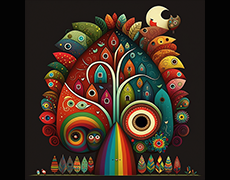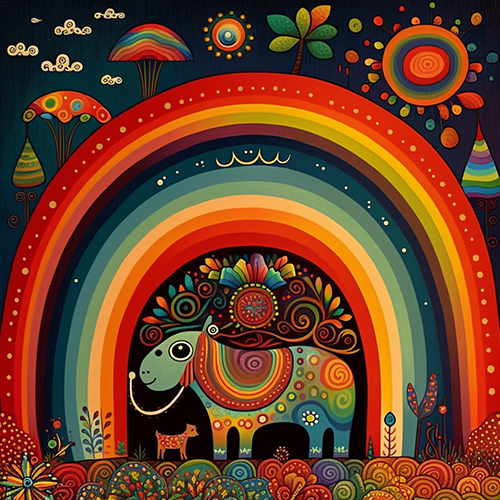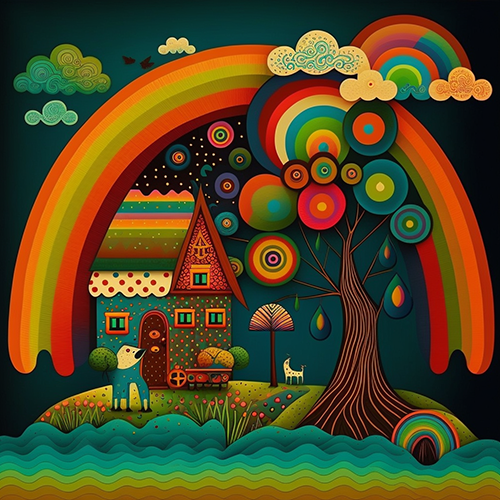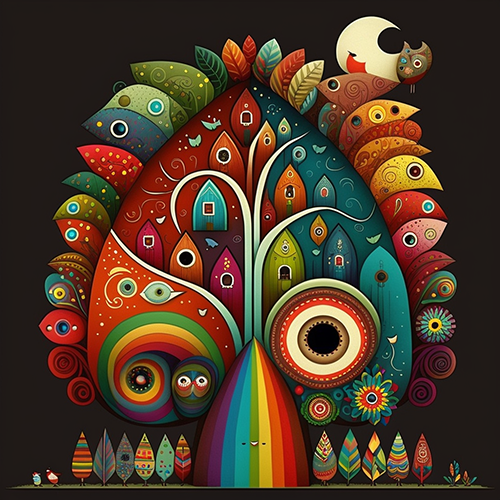
The rainbow has played a significant role in symbolism and mythology across cultures, representing hope, diversity, unity, good luck, transformation, and life’s journey. Its vibrant colors and awe-inspiring beauty continue to captivate and inspire people to this day.
Universal Symbol of Hope
The rainbow has long been a symbol of hope and optimism, representing the promise of brighter days ahead.
This is particularly evident in the Judeo-Christian tradition, where the rainbow is said to be a sign of God’s promise to never again flood the earth.

Bridge Between Earth and Sky
Many cultures also see the rainbow as a bridge between the earth and the sky, linking the physical world to the spiritual or divine.
For example, in Hindu mythology, the rainbow is called Indradhanush, or the bow of Lord Indra, the king of gods.
Representation of Diversity and Unity
Rainbows are composed of different colors that come together to form a harmonious whole, making them a symbol of diversity and unity.
This symbolism has been used in various contexts, such as the LGBTQ+ pride flag and the multi-colored flag of South Africa during apartheid.

Sign of Good Luck
In some cultures, rainbows are seen as a sign of good luck and fortune.
In Irish folklore it is believed that a pot of gold is located at the end of a rainbow, while in Native American cultures it is thought that crossing under a rainbow can bring good luck and blessings.
Portent of Transformation
The appearance of a rainbow can also be seen as a portent of transformation or change.
In Greek mythology, the goddess Iris was said to use the rainbow as a bridge to travel between the world of mortals and the realm of the gods, symbolizing the transition between life and death.

Metaphor for Life’s Journey
Lastly, the rainbow has also been used as a metaphor for life’s journey, with its different colors representing the ups and downs, joys and sorrows, and challenges and triumphs that we experience along the way.
As the saying goes, “After every storm comes a rainbow.”

